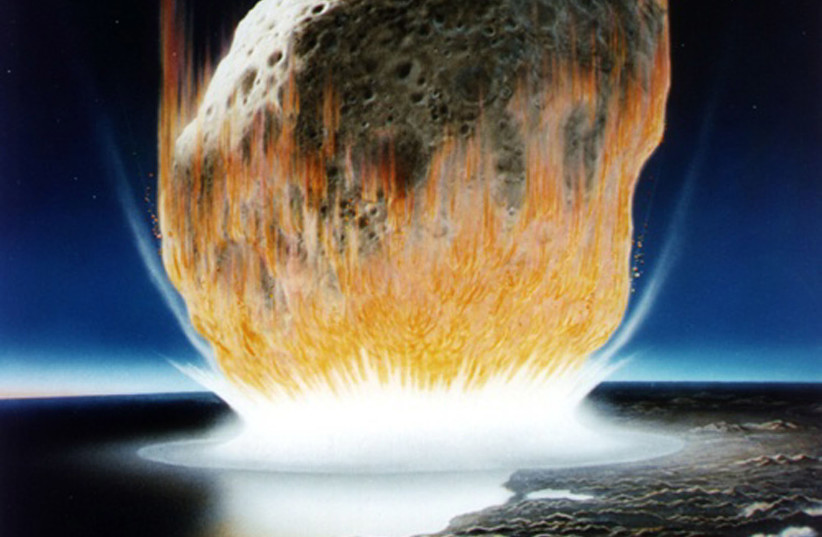Asteroid impact could be stopped with nuclear missiles, study suggests
But according to new research, this may not be as damaging as previously thought.
The study utilized a simulation program called Spheral, which is designed to track the fragments of an asteroid destroyed by such a process, which is known as asteroid disruption.

The simulation in question used the model of a one-megaton nuclear bomb detonating on the surface of an asteroid measuring 100 meters long and accounted for several possible different orbits, the sun, and the gravity by other large objects in space. It was also assumed that the asteroid was hit with the bomb several months ahead of its planned impact against the planet.
The simulations presented the researchers with some promising results. In some, well over 99% of the fragments missed the Earth after the asteroid itself was destroyed.
This alleviates one of the main worries regarding disruption: the damage caused by fragments.
The one-month aspect is considerably important, too. In an exercise earlier this year, NASA’s Jet Propulsion Laboratory’s Center for Near-Earth Object Studies ran its biannual impact simulation, this time focusing on a fictional asteroid 2021 PDC that was just discovered ahead of a planned impact with the planet that was just six months away, and the participants were forced to find some kind of solution to the impact.
Due to the danger of asteroid impacts, scientists at NASA and other agencies worldwide have studied and cataloged all Near-Earth Objects (NEOs) such as these asteroids, some of which edge close to the planet and are thus labeled Potentially Hazardous Asteroids (PHAs). Because many of these are spotted from far away, it seems unlikely that months would go by before humanity notices an incoming asteroid, but the possibility remains, especially since many aspects are difficult to fully predict. And even a small one could do considerable damage.
For comparison, the last known…
Read More: Asteroid impact could be stopped with nuclear missiles, study suggests
